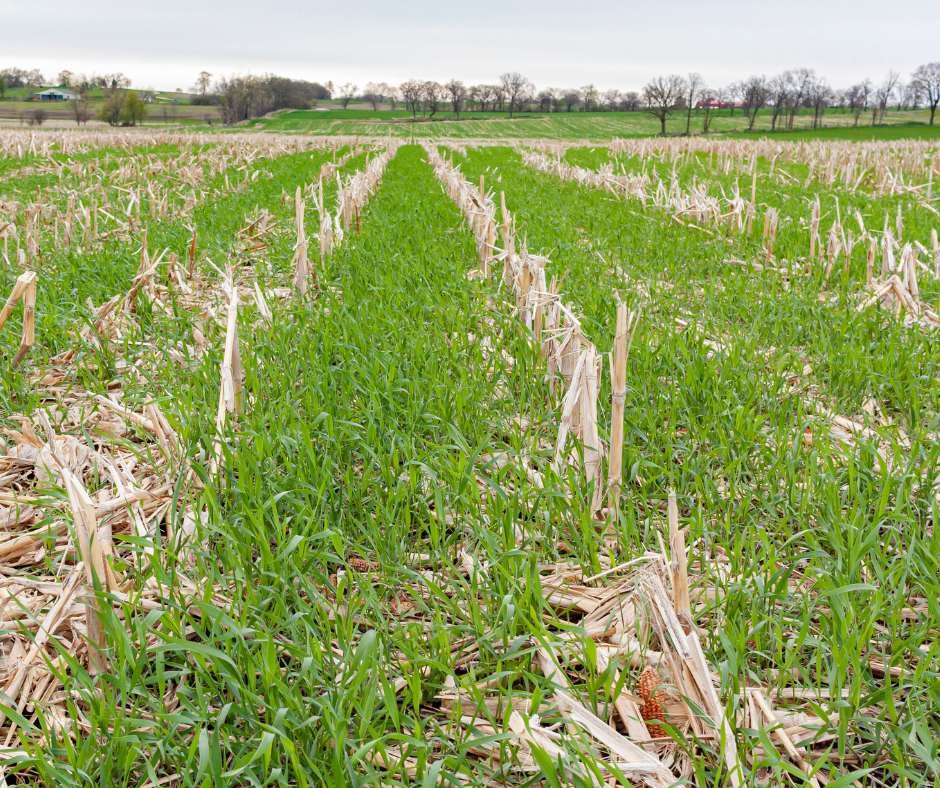Decision Ag Offers a Powerful Suite of Planning Tools
Apr 12, 2023

Knowing what to do and when to do it in your farming operation is challenging. It becomes even harder to manage when it is your crop. I say this because many variables and influences can affect that decision or outcome. For example, how or when do we treat corn rootworms? Many make decisions based on their past experiences. Did my field have an issue with corn rootworms over the last few years? Some may approach this issue with how much risk they’re willing to assume. What happens if I don’t apply an insecticide or plant a rootworm-trait hybrid? Or the decision may come down to how likely you are to have a problem with this pest.
Is this field of corn going into soybean stubble, or is it a continuous corn rotation? You could go on and on listing all the variables that go into making this decision. Most of these variables center around historical information or past outcomes. Unfortunately, we often handle the problem after the fact, or occasionally we may be making decisions as a precaution.
What if we could change this narrative and collect a value showing our potential risk? That is what we are trying to do with SoilDNA.
SoilDNA is a unique soil analysis that examines the DNA profile of a sample. This DNA profile can measure the pressure and abundance of organisms being expressed. This information is used to discover threats to yield predictively.
The key to this is that it is predictive. With SoilDNA we can now understand the level of risk we face. It adds more science to all those questions we still ask ourselves when deciding what to do or when to do it. Returning to the earlier example of treating corn rootworms, we can now make a more informed decision. Let’s say that you ran the SoilDNA program on your field, and the results show a high-pressure corn rootworm egg count. Suddenly it makes the decision for treatment a lot easier knowing what amount of pressure you will face for the next year instead of relying on a calculated guess. Maybe the results show the force of corn rootworms to be low or moderate for the upcoming year. What strategies can you implement to keep those values in check? This new knowledge adds another layer of information to help you make the best decisions for your operation.
The best part is that it doesn’t just look at corn rootworms. You can see from figure 1 that the list of analyses looks at some of the most significant impacts on corn and soybean production. While it doesn’t cover or detect everything against the crop, it is a beginning step that will continually evolve as the technology develops. Doesn’t it make you want to check your fields to see what pressures your crop might face?
Your fields are talking, and it is time we start listening. For more information, please contact your Decision Ag Specialist to discuss how SoilDNA can help make decisions in your operation.